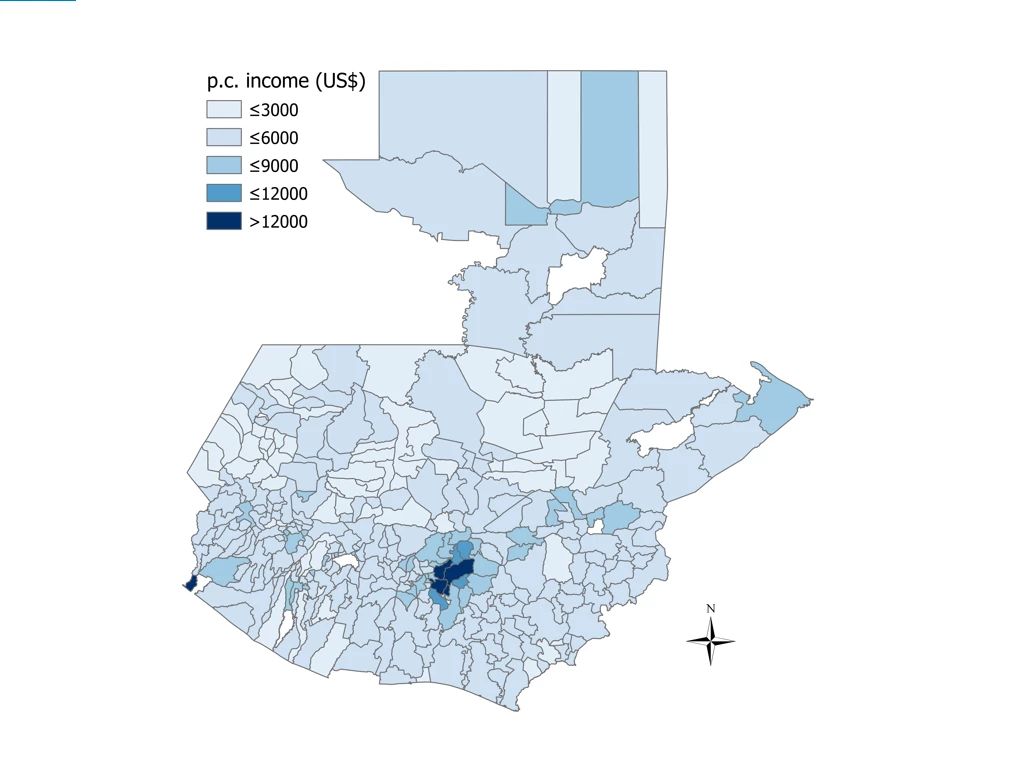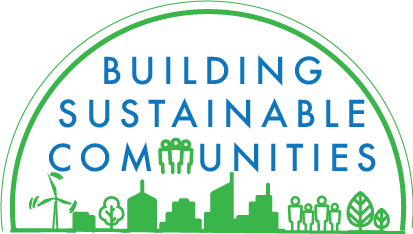
Photo Credit: ELBE&FLUT / Thomas Hampel at http://www.hafencity.com
This connection is twofold; it refers to the relationship between cities and their waterfronts – as ever-changing as cities themselves.
Evolving from its past definition during the industrial era as a city’s service yard, the urban waterfront has, in recent decades, taken on new meanings.
On one hand, the waterfront is playing a more significant role in transforming the urban fabric of a city or even reshaping a city’s identity.
On the other hand, successful urban waterfronts have also demonstrated how city resources – such as available land, cleaner water, historic preservation, and urban revitalization – can be unlocked and realized, and how these elements can be integrated into the city and public life.
[Read: Regenerating Urban Land: A Practitioner's Guide to Leveraging Private Investment ]
Today’s most successful waterfronts have found a way to overcome many challenges and take advantage of the opportunities they present, such as:
- Land assembly – deemed as one of the most challenging tasks, mainly due to the fragmented nature of the land ownership, requiring approvals from multiple agencies, such as railway authority and ports authority, while different land release mechanisms might require lengthy processes to obtain the land, which is otherwise locked up from development.
- Long-term planning vs. short-termism – It is important to take a long-term view on how waterfronts can add to and be integrated as part of the existing city.
- Environmental remediation – In many cases, cleaning the water and surrounding area requires a tremendous amount of effort often involving multiple agencies, and strong public awareness. Very often this is one of the first few necessary steps before any ambitious development plans can take off.
- Financial viability – a major bottleneck due to weak revenue streams and a lack of value capture mechanisms; however, abandoned waterfront areas such as disused port areas can be opportunities for regeneration because of its depressed value.
- Regulatory and institutional gaps – related to urban waterfront management and design guidelines, which present challenges in multi-agency collaboration.
What do successful waterfronts around the world have in common? The following key takeaways emerged from the workshops and field visits during the week:
- City leadership is pivotal to enabling transformation. To transform underutilized urban waterfront, it calls for extraordinary vision, strong political will, and civic creativity by communities, NGOs, policy think-tanks, etc. For example, the transformation of the Sabarmati River in Ahmedabad, India, was largely due to a group of aspiring city planners who led the concept and design of the project and then handed it to the city government, free of charge.
- People-centered planning and community engagement is critical. There is a variety of ways in which such engagements can be effectively managed. Cities shared various approaches, ranging from city council officials visiting local communities and consultation meetings (Haiphong) to online questionnaires for sectoral development plans (Zanzibar) and apps for citizen feedback and grievance redress mechanisms (Belgrade).
- Leveraging public assets to finance development is the key. Development of the Marina Bay-Singapore River, Cheonggyecheon Creek, and the Sabarmati Riverfront redevelopment are all examples of how planning policies and incentives can provide land value capture mechanisms for a self-sustaining, long-term revenue stream that can be used to unlock the infrastructure investment necessary to support further redevelopment needs.
- Development and conservation must go hand in hand. The workshop highlighted the tension between development and cultural heritage conversation, as well as minimizing the negative impacts on the environment. The design philosophy of revitalizing the Andong Dam region in Korea strives to find this balance and tie with the area’s culture, through reviving the traditional building styles that blend seamlessly into the surrounding nature.
- Subscribe to our Sustainable Communities newsletter
- Follow us on Twitter (@WBG_Cities) and Flipboard







Join the Conversation